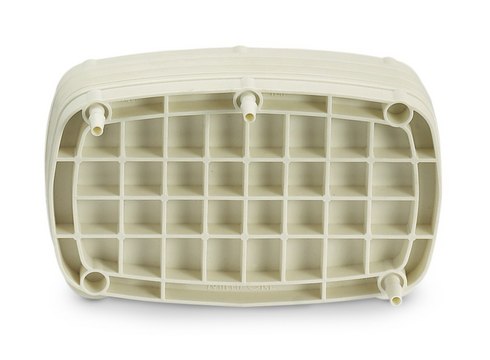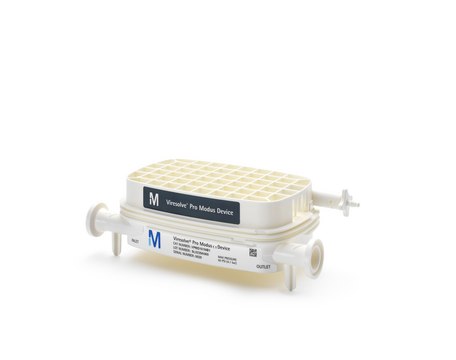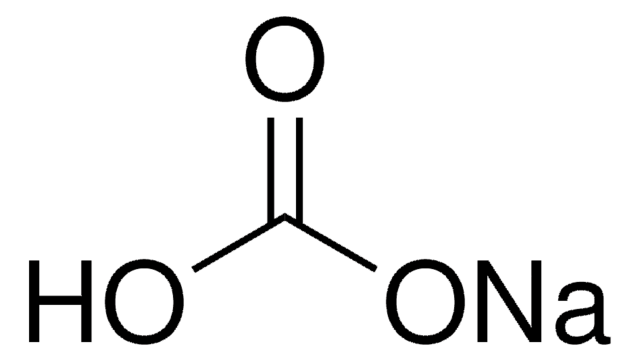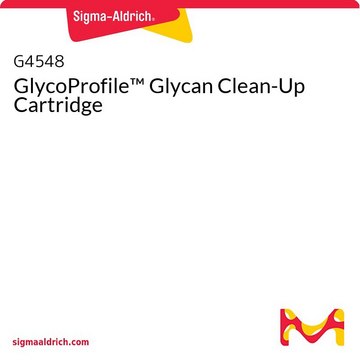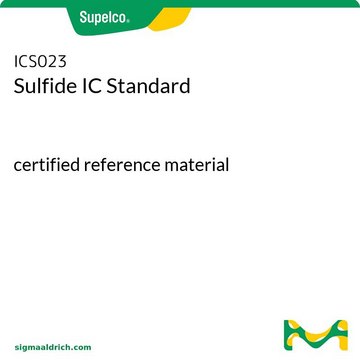CC120
Caspase 9, recombinant human active
Synonym(s):
APAF-3, ICE-LAP6, Mch-6
Sign Into View Organizational & Contract Pricing
All Photos(1)
About This Item
UNSPSC Code:
12352200
eCl@ss:
32160405
NACRES:
NA.41
Recommended Products
biological source
human
recombinant
expressed in E. coli
form
solid
manufacturer/tradename
Chemicon®
concentration
10-20% (caspase-9 protein, electrophoresis)
technique(s)
activity assay: suitable
NCBI accession no.
UniProt accession no.
shipped in
dry ice
Gene Information
human ... CASP9(842)
General description
Caspase-9 is a member of the interleukin-1beta converting enzyme (ICE) family of cysteine proteases. Similar to other caspases, caspase-9 also exists in cells as an inactive proenzyme. During the initiation of apoptosis the proenzyme is processed at aspartate residues to form active caspase-9. As one of the initiator caspases, active caspase-9 functions to trigger the activation of downstream effector caspases and further lead to disassembly of cell structures.
The partially purified active recombinant human caspase-9 with full-length HIS-6 tag was expressed in E. coli. The expressed caspase-9 spontaneously undergoes autoprocessing to yield the subunits characteristic of the native enzyme. In combination with caspase-9 activity assays, the active recombinant caspase-9 is useful in biological screening of caspase inhibitors. The recombinant enzyme can also be used as a positive control in caspase-9 assays. Caspase 9 is known to have strong reactivity with other sequence peptides, especially DEVD-pNA.
The partially purified active recombinant human caspase-9 with full-length HIS-6 tag was expressed in E. coli. The expressed caspase-9 spontaneously undergoes autoprocessing to yield the subunits characteristic of the native enzyme. In combination with caspase-9 activity assays, the active recombinant caspase-9 is useful in biological screening of caspase inhibitors. The recombinant enzyme can also be used as a positive control in caspase-9 assays. Caspase 9 is known to have strong reactivity with other sequence peptides, especially DEVD-pNA.
Product Source: Human
Application
Enzyme is prepared as an activity standard only, any other application not tested. Caspase-9 is subject to auto-activation thus active caspase subunits and partially active intermediates will be seen. Bands of approximately 45kDa (pro), 35kDa (partially active) and 18kDa + 12kDa (large and small subunits) may be seen by western blot depending upon the antibody used. The small subunit is extremely difficult to detect in most westerns.
Activation: incubate 1-5 μL of stock in PBS pH 7.5 (100mM HEPES can be used as well) plus 10mM ATP and 5mM DTT (added just before use) for 30 minutes at 37°C.
Activation: incubate 1-5 μL of stock in PBS pH 7.5 (100mM HEPES can be used as well) plus 10mM ATP and 5mM DTT (added just before use) for 30 minutes at 37°C.
Unit Definition
Specific Activity: One unit of the recombinant caspase-9 is the enzyme activity that cleaves 1 nmol of the caspase substrate LEHD-pNA (pNA: pnitroanaline) per hour at 37°C at saturated substrate concentrations.
Physical form
Lyophilized. Reconstitute with 25 μl of PBS + 15% glycerol.
Storage and Stability
Maintain at -70°C in undiluted aliquots for 3-6 months from date of receipt. Avoid repeated freeze/thaw cycles.
Analysis Note
Also contains E. coli proteins.Approximately, 0.8-2 μg total protein / unit of activity.
Legal Information
CHEMICON is a registered trademark of Merck KGaA, Darmstadt, Germany
Disclaimer
Unless otherwise stated in our catalog or other company documentation accompanying the product(s), our products are intended for research use only and are not to be used for any other purpose, which includes but is not limited to, unauthorized commercial uses, in vitro diagnostic uses, ex vivo or in vivo therapeutic uses or any type of consumption or application to humans or animals.
Storage Class Code
11 - Combustible Solids
WGK
WGK 1
Flash Point(F)
Not applicable
Flash Point(C)
Not applicable
Certificates of Analysis (COA)
Search for Certificates of Analysis (COA) by entering the products Lot/Batch Number. Lot and Batch Numbers can be found on a product’s label following the words ‘Lot’ or ‘Batch’.
Already Own This Product?
Find documentation for the products that you have recently purchased in the Document Library.
Neuroprotective effect of hyperbaric oxygen therapy in brain injury is mediated by preservation of mitochondrial membrane properties.
Eilam Palzur,Menashe Zaaroor,Eugene Vlodavsky,Felix Milman,Jean F Soustiel
Brain Research null
A conserved coronavirus epitope, critical in virus neutralization, mimicked by internal-image monoclonal anti-idiotypic antibodies.
C Su?e,C Smerdou,I M Anton,P Abril,J Plana,L Enjuanes
Journal of virology null
J F Soustiel et al.
Neuropathology and applied neurobiology, 34(4), 412-423 (2007-11-02)
Hyperbaric hyperoxia has been shown to reduce apoptosis in brain injury. As the 18-kDa translocator protein (TSPO), also known as peripheral-type benzodiazepine receptor, is closely associated with the mitochondrial transition pore and because of its role in mitochondrial respiration and
Evelina Valionyte et al.
Cell death and differentiation, 29(6), 1211-1227 (2021-12-05)
SQSTM1/p62, as a major autophagy receptor, forms droplets that are critical for cargo recognition, nucleation, and clearance. p62 droplets also function as liquid assembly platforms to allow the formation of autophagosomes at their surfaces. It is unknown how p62-droplet formation
Our team of scientists has experience in all areas of research including Life Science, Material Science, Chemical Synthesis, Chromatography, Analytical and many others.
Contact Technical Service